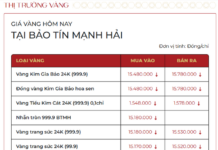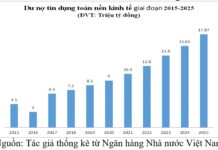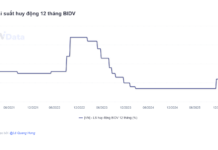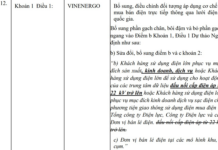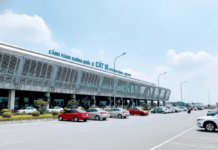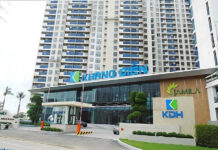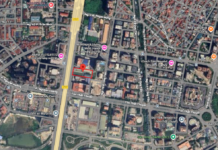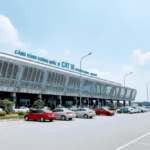Services
Ho Chi Minh City’s real estate market has experienced positive growth in the first six months, with 20,600 transactions, triple the number from the same period last year. Experts attribute this growth to the new Land Law 2024, which is expected to have a significant impact on the market by addressing legal issues of projects and curbing land speculation. One of the most notable recoveries is in the city’s South Zone, an area primed to become a hot investment destination in the latter half of 2024.
The new planning policies of Ho Chi Minh City for the period of 2021-2030 have provided a significant boost to this area, with Nha Be district being considered for development into a satellite city, modeled after the Phu My Hung urban area. This sets the stage for attracting both domestic and foreign investment.
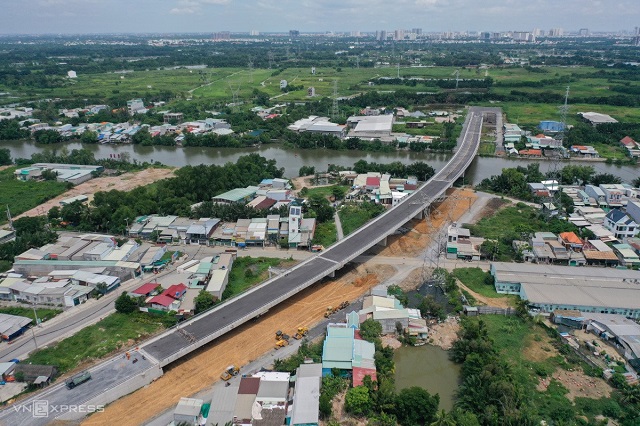
The Cay Kho Bridge project is expected to open on September 2nd, connecting Binh Chanh district and Nha Be district.
|
The South Zone is leading the recovery with several billion-dollar infrastructure projects slated for completion in 2024. For instance, two bridges with a combined value of trillions of VND, the Rach Dia Bridge and the Phuoc Long Bridge, are being constructed to connect District 7 and Nha Be district. The Rach Dia Bridge, located at the beginning of Le Van Luong Street, will provide a seamless connection from Nguyen Van Linh Street to Can Giuoc, Long An Province, reducing traffic congestion on Nguyen Huu Tho Street and enhancing the overall transportation network in the southern part of the city.
The Phuoc Long Bridge over the Phu Xuan canal is of particular importance as it will facilitate transportation and support heavier loads on Pham Huu Lau Street, strengthening the connection between District 7 and Nha Be district, as well as the two main roads of Huynh Tan Phat and Nguyen Huu Tho.
Additionally, the Rach Cay Kho Bridge, measuring 485 meters in length and 12.5 meters in width, which spans the Ong Lon canal connecting Binh Chanh and Nha Be districts, is also being expedited and is expected to be completed by September 2, 2024. Notably, the Binh Khanh Bridge over the Soai Rap River, the first and only bridge connecting to Can Gio district as part of the Ben Luc – Long Thanh expressway, is a crucial component of the entire Belt Road 3. Together with the Phuoc Khanh and Nhon Trach bridges, it will complete the Belt Road 3, providing a seamless transportation network connecting neighboring provinces to Ho Chi Minh City.
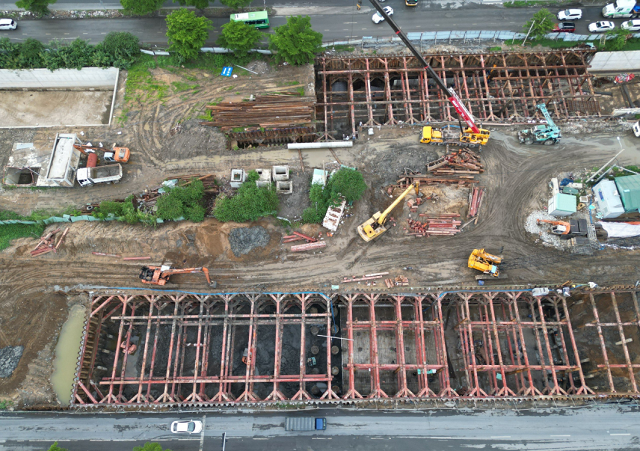
Infrastructure development propels the South Zone of Ho Chi Minh City into a new era.
|
Moreover, two highly anticipated infrastructure projects in the South Zone of Saigon, the Nguyen Van Linh – Nguyen Huu Tho intersection and the Ben Luc – Long Thanh expressway, are expected to open by the end of this year, significantly transforming the entire area.
Specifically, the Nguyen Van Linh – Nguyen Huu Tho underpass project, with a total investment of 830 billion VND, consists of two underpasses. Two enclosed tunnel sections, each measuring 98 meters in length, have been constructed thus far. The project is maximizing its workforce and machinery to complete and open the HC2 underpass tunnel in September and the HC1 underpass tunnel in December 2024. This project is expected to resolve traffic conflicts at the largest intersection in the South Zone of Ho Chi Minh City, contributing to the completion of the transportation system in District 7 and a portion of Nha Be district.
In the meantime, the Ben Luc – Long Thanh expressway, the largest road project in Southern Vietnam, with a total investment of over 31,320 billion VND after adjustment (phase 1), passes through Can Gio, Nha Be, and Binh Chanh districts. The project recently witnessed the joining of the Thi Vai Bridge section in Dong Nai province on July 9, 2024. Other packages on the western side, heading towards Ho Chi Minh City from Long An, are also accelerating construction, aiming for technical completion in 2024 and full completion in 2025.
These infrastructure projects are not only improving transportation but also providing a boost to the real estate market in the South Zone of Saigon, setting the stage for a new growth cycle. According to experts, this comprehensive “bridge-building and road-opening” strategy is paving the way for the South Zone of Saigon to enter its second development cycle, following the first phase led by Phu My Hung.
The improved infrastructure, coupled with the new law, presents lucrative opportunities for investors, especially in projects by reputable developers with transparent legal frameworks, strategic locations, and proximity to key roads slated for completion in 2024.







